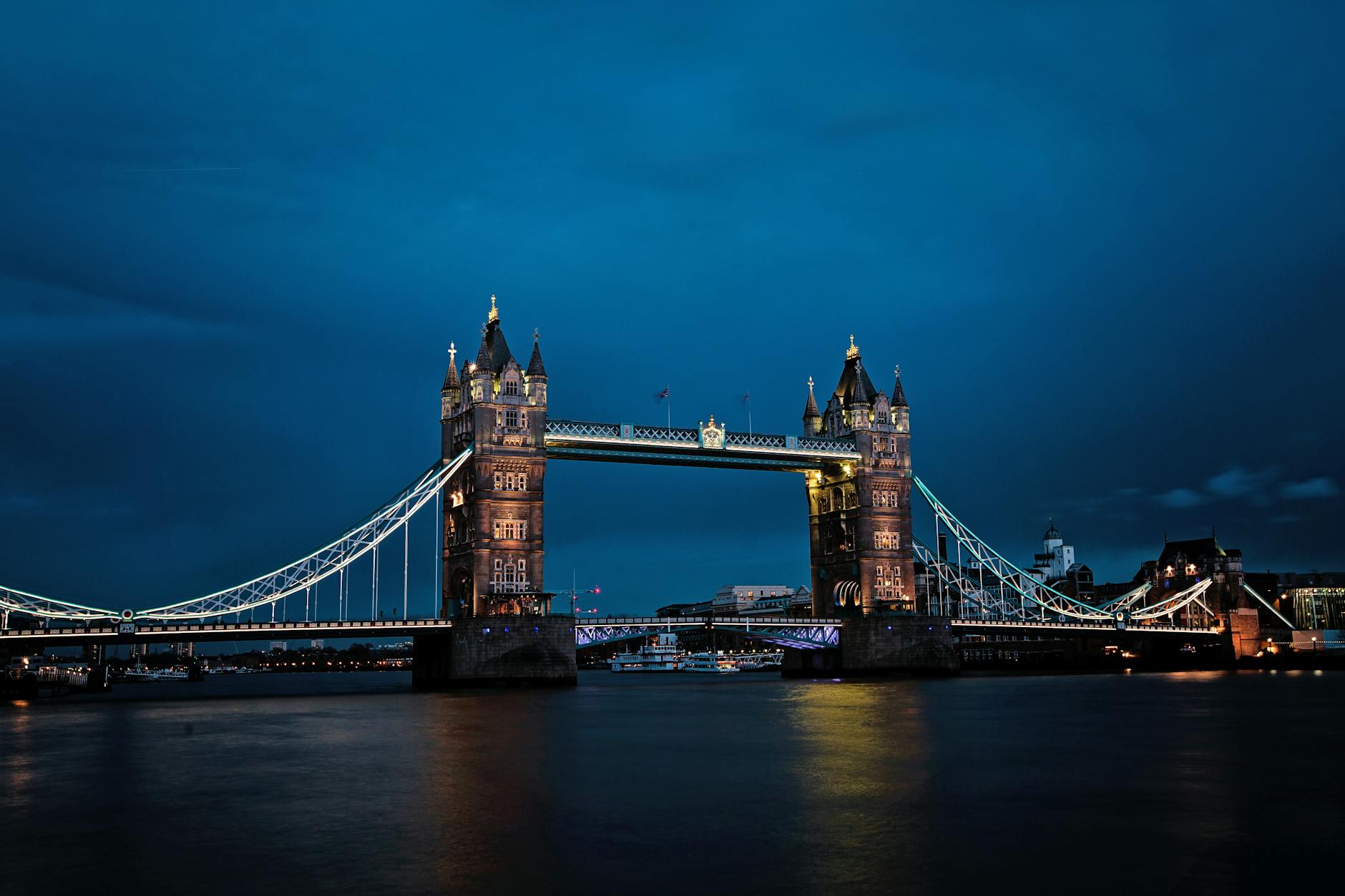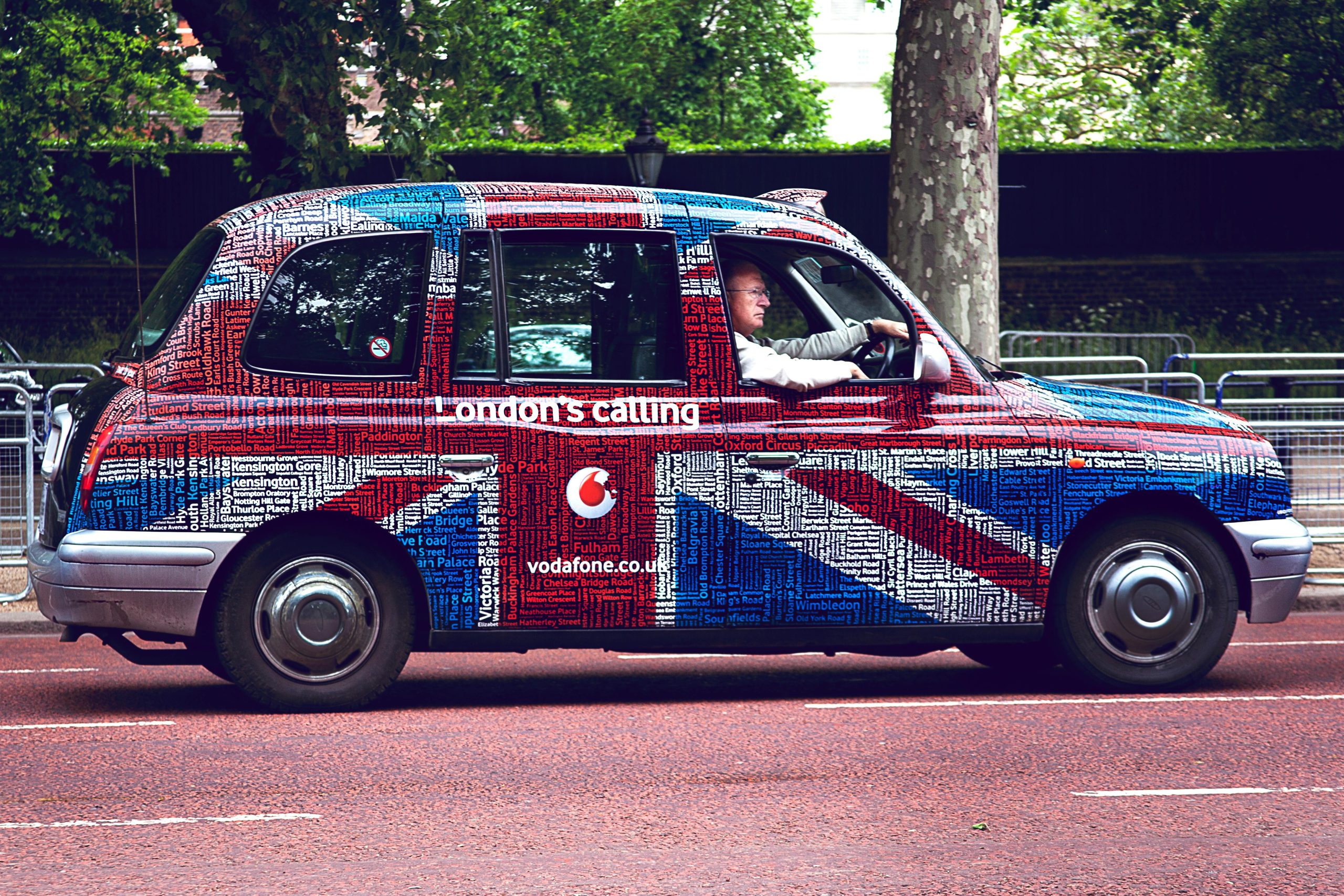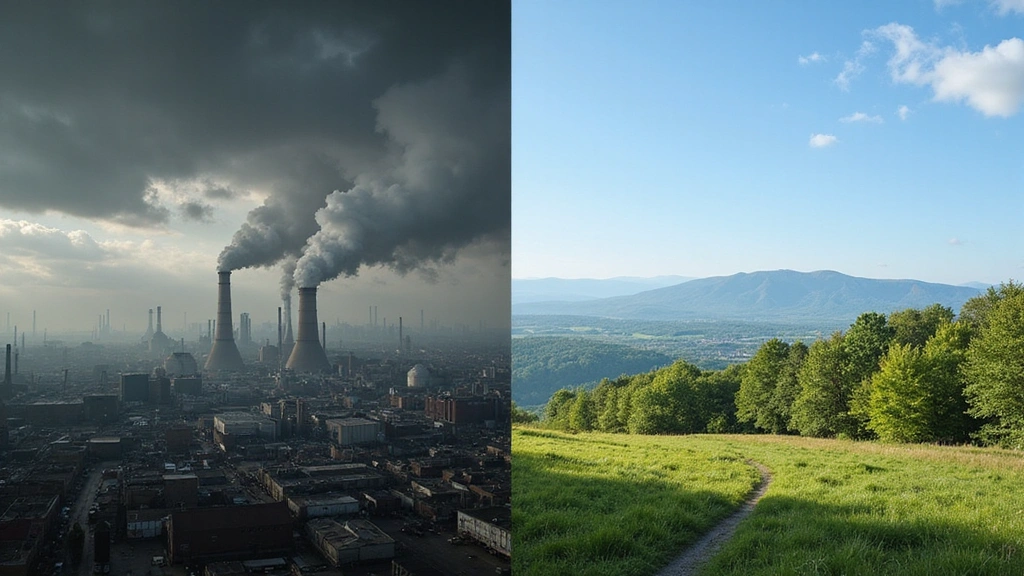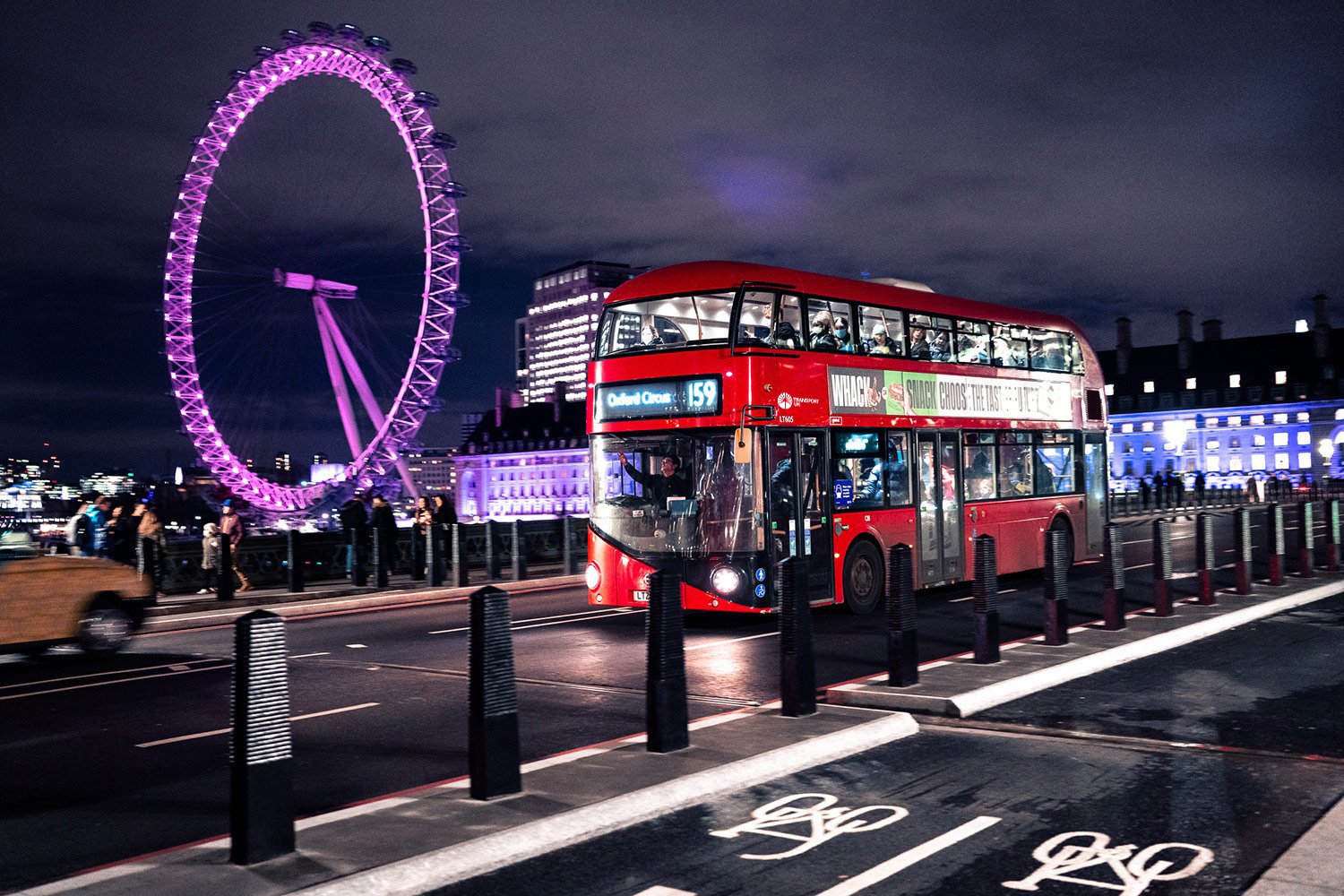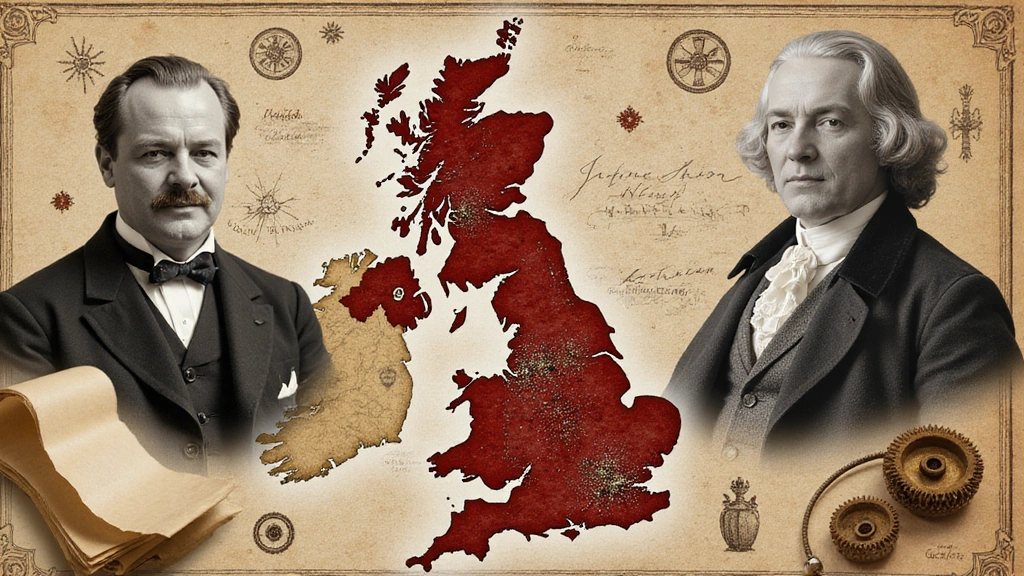Table of Contents
Introduction
London, the capital of England and the United Kingdom, is a city with a history spanning over two millennia. From its humble beginnings as a Roman trading post to its current status as a global financial and cultural hub, London has endured plagues, fires, wars, and revolutions. This article explores the rich tapestry of London’s history, tracing its evolution from ancient times to the modern era.
Ancient Beginnings: Pre-Roman and Roman London
Pre-Roman Settlements
Long before the Romans arrived, the area around the River Thames was inhabited by Celtic tribes. Evidence of human activity dates back to the Bronze Age (around 1500 BC), with discoveries of prehistoric structures and artifacts near the Thames foreshore. These early settlements were primarily agricultural, relying on the fertile lands and resources provided by the river.
The Founding of Londinium
The Romans established Londinium in 47–50 AD, shortly after their invasion of Britain in 43 AD. Strategically located on the north bank of the Thames, Londinium served as a vital port and trading hub. The Romans built the first bridge across the Thames, transforming the settlement into a bustling center of commerce and governance.
Boudica’s Revolt and Rebuilding
In 60–61 AD, Londinium was sacked by Boudica, queen of the Iceni tribe, during her rebellion against Roman rule. The city was burned to the ground, but it was quickly rebuilt and flourished as a Roman town. By the 2nd century, Londinium boasted major public buildings, including a forum, basilica, and amphitheater, and was protected by a massive defensive wall.
Decline of Roman London
By the 4th century, the Roman Empire began to weaken, and Londinium’s population declined. The withdrawal of Roman forces in 410 AD left the city vulnerable to raids by Saxon pirates and other invaders. By the 5th century, Londinium was largely abandoned.
Medieval London: Anglo-Saxons, Vikings, and Normans
Anglo-Saxon London
After the Romans left, Anglo-Saxon settlers established a new town called Lundenwic west of the old Roman city. By the 7th century, London had become an important trading port, attracting merchants from across Europe. The city’s population grew, and it became a center of political and religious activity.
Viking Raids and Alfred the Great
The 9th century saw frequent Viking raids on London. In 886, King Alfred the Great recaptured the city and rebuilt its defenses, moving the settlement within the old Roman walls. This marked the beginning of London’s resurgence as a key center of trade and governance.
Norman Conquest and the Tower of London
The Norman Conquest of 1066 brought significant changes to London. William the Conqueror built the Tower of London to assert control over the city and granted London a charter confirming its rights. The construction of Westminster Abbey and the Palace of Westminster solidified London’s role as the political and religious heart of England.
Tudor and Stuart London: Growth and Turmoil
Tudor Expansion
Under the Tudor dynasty, London experienced rapid growth. The Dissolution of the Monasteries by Henry VIII redistributed church lands and wealth, while the reign of Elizabeth I saw a cultural and economic renaissance. The Globe Theatre, associated with William Shakespeare, became a symbol of London’s cultural vitality.
The Great Plague and the Great Fire
The 17th century was a period of both prosperity and disaster for London. The Great Plague of 1665 killed an estimated 100,000 people, and the following year, the Great Fire of London destroyed much of the city. The fire led to a massive rebuilding effort, with Sir Christopher Wren redesigning landmarks like St. Paul’s Cathedral.
Industrial Revolution and Victorian London
Urban Expansion
The Industrial Revolution transformed London into the world’s largest city. The population grew from 1 million in 1800 to over 6 million by the end of the 19th century. Major infrastructure projects, such as the London Underground and Tower Bridge, were completed during this period.
Social Challenges
Despite its wealth, Victorian London was a city of stark contrasts. Rapid industrialization led to overcrowding, poor sanitation, and slum conditions in areas like East London. Writers like Charles Dickens highlighted the struggles of the urban poor in novels such as Oliver Twist.
20th Century: Wars and Rebuilding
World War I and the Interwar Period
London suffered during World War I from bombings by German Zeppelins. The interwar period saw economic challenges and political unrest, but also cultural vibrancy during the Roaring Twenties.
World War II and the Blitz
World War II had a profound impact on London. The Blitz, a sustained bombing campaign by Nazi Germany, killed thousands and destroyed much of the city’s infrastructure. St. Paul’s Cathedral famously survived the bombings, becoming a symbol of British resilience.
Post-War Rebuilding and Immigration
After the war, London underwent large-scale reconstruction. The city also experienced a major influx of immigrants from across the British Commonwealth, transforming it into one of the world’s most multicultural cities.
Modern London: A Global Metropolis
Economic and Cultural Hub
Today, London is a thriving global metropolis known for its rich history, cultural diversity, and economic influence. It remains a center of global finance, arts, media, and politics.
Challenges and Opportunities
In recent years, London has faced challenges such as the 2005 terrorist attacks, housing affordability issues, and the Brexit referendum. Despite these challenges, the city continues to evolve and thrive, hosting events like the 2012 Olympics and maintaining its status as a global powerhouse.

Conclusion
London’s history is a testament to its resilience and adaptability. From its ancient origins as a Roman trading post to its current status as a global metropolis, the city has continually reinvented itself in the face of adversity. Exploring London’s past not only provides insight into its remarkable journey but also highlights the enduring spirit of one of the world’s greatest cities.
A REVIEW OF THE BOOK; THINK AND GROW RICH
Introduction
Volodymyr Zelenskyy, the sixth president of Ukraine, is a figure whose life story captivates the world. Born into a modest family in Soviet Ukraine, Zelenskyy rose from a career in comedy and entertainment to lead his nation through one of its darkest chapters—the Russian invasion that began in 2022. This Volodymyr Zelenskyy biography traces his journey from a small-town upbringing to the presidency, exploring his early life, entertainment career, political ascent, and transformation into a global symbol of resilience. As of February 22, 2025, his leadership continues to shape Ukraine’s destiny and inspire millions.
Early Life: Roots in Soviet Ukraine
Volodymyr Oleksandrovych Zelenskyy was born on January 25, 1978, in Kryvyi Rih, a gritty industrial city in what was then the Ukrainian Soviet Socialist Republic. His parents, Oleksandr Zelenskyy and Rymma Zelenska, were both of Jewish descent, a heritage that would later mark him as Ukraine’s first Jewish president. Oleksandr was a professor of cybernetics and computing at Kryvyi Rih State University of Economics and Technology, while Rymma worked as an engineer. Despite their intellectual professions, the family lived modestly, reflecting the realities of Soviet life.
When Volodymyr was a toddler, his family moved to Erdenet, Mongolia, where his father worked on a construction project for four years. Returning to Kryvyi Rih, Zelenskyy began school at age five, growing up as a native Russian speaker—a common trait in Ukraine’s Dnipropetrovsk region. His childhood was shaped by the Soviet system, including membership in the “October’s Children” communist youth group and a strict school environment where uniforms symbolized ideological conformity. Yet, even as a young boy, Zelenskyy displayed charisma and a flair for performance, often singing rock songs with friends in the town courtyard.
The collapse of the Soviet Union in 1991, when Zelenskyy was 13, marked a seismic shift in his world. Overnight, the rigid communist structure dissolved, opening new possibilities. This pivotal moment in the Volodymyr Zelenskyy biography ignited a sense of freedom that would later influence his creative and political pursuits.
Education and Early Career: A Path to the Stage
Zelenskyy excelled academically, graduating from high school with strong grades. In 1995, he enrolled at the Kryvyi Rih Economic Institute, a branch of Kyiv National Economic University, earning a law degree in 2000. However, law was never his passion. While a student, he immersed himself in theater, a decision that would define his early career.
In 1997, Zelenskyy co-founded Kvartal 95, a comedy troupe named after his childhood neighborhood in Kryvyi Rih. The group gained fame competing in KVN (Club of the Funny and Inventive People), a popular Soviet-era improv comedy show broadcast across the Commonwealth of Independent States. Zelenskyy’s wit, energy, and ability to connect with audiences propelled Kvartal 95 to the KVN finals, establishing him as a rising star. By 2003, he transitioned from performer to producer, co-founding Studio Kvartal 95, a production company that would become one of Ukraine’s most successful entertainment ventures.
This phase of the Volodymyr Zelenskyy biography highlights his knack for leadership and creativity—skills that later translated into politics. His early works included films like No Love in the City (2009), where he starred and co-wrote the script, and TV shows that showcased his comedic talent. Yet, it was a single role that would change his trajectory forever.
Servant of the People: Life Imitates Art
In 2015, Zelenskyy starred in Servant of the People, a satirical TV series produced by Kvartal 95. He played Vasyl Petrovych Holoborodko, a humble schoolteacher who rants against corruption, goes viral, and unexpectedly becomes Ukraine’s president. The show, which aired on the 1+1 network, was a massive hit, resonating with Ukrainians frustrated by oligarchic influence and government inefficiency. For three seasons, Zelenskyy embodied an everyman fighting for justice—a role that blurred the lines between fiction and reality.
The series’ popularity reflected Ukraine’s socio-political climate. After the 2014 Euromaidan uprising ousted pro-Russian President Viktor Yanukovych, the country grappled with war in Donbas, Russian annexation of Crimea, and entrenched corruption. Incumbent President Petro Poroshenko, elected in 2014, struggled to deliver reforms, leaving many disillusioned. Servant of the People tapped into this discontent, and Zelenskyy’s portrayal of an outsider challenging the elite struck a chord.
In a twist of fate, the show birthed a political party. In March 2018, Kvartal 95 members registered the Servant of the People party, setting the stage for Zelenskyy’s leap into politics. This moment in the Volodymyr Zelenskyy biography underscores how his entertainment career became a stepping stone to power.
Political Rise: The 2019 Presidential Campaign
On December 31, 2018, Zelenskyy announced his candidacy for president during a New Year’s Eve broadcast on 1+1, preempting Poroshenko’s traditional address. With no prior political experience, he positioned himself as an anti-establishment figure, promising to end corruption, boost the economy, and resolve the Donbas conflict. His campaign was unconventional—eschewing rallies for comedy tours with Kvartal 95 and relying heavily on social media to reach voters.
Critics dismissed him as a lightweight, pointing to his lack of policy specifics and reliance on his TV persona. Yet, his relatability and outsider status resonated. In the April 2019 election, Zelenskyy won a landslide victory, securing 73.22% of the vote in the second round against Poroshenko. At 41, he became Ukraine’s youngest president, inaugurated on May 20, 2019.
The Volodymyr Zelenskyy biography reveals a campaign fueled by public frustration and hope. His victory reflected a desire for change in a nation weary of war and stagnation, though few could predict the trials awaiting him.
